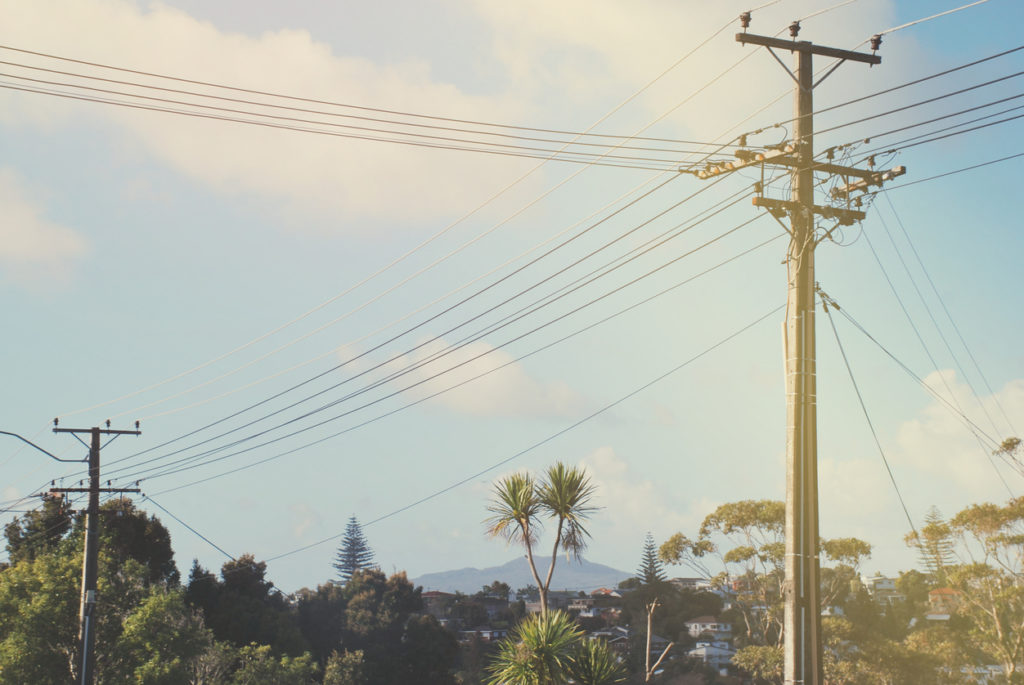A reduction in electricity prices could be on the horizon for ACT homeowners, attributed in part to the growth in renewable energy generation.

According to the ACT Independent Competition and Regulatory Commission’s (ICRC) draft report on retail electricity for small customers released on 4 February, a typical customer on ActewAGL’s standing offer contracts could expect a 6.75% reduction in average retail electricity prices in 2020-21.
“For the average residential household consuming about 6,500 kWh per year, the expected price decrease would translate to a reduction of $113 in their annual bill,” Senior Commissioner Joe Dimasi said.
After a decade of steep increases in electricity prices, ACT Council of Social Service (ACTCOSS) CEO, Dr Emma Campbell said the estimated reduction in electricity prices is welcome news for all, particularly “low-income households who typically spend a greater proportion of their income on electricity than other households”.
“This proportion has increased in recent years as electricity prices have risen significantly, contributing to an increase in poverty and inequality. On average, low-income households spend 6.4% of their income on energy, while high-income households spend an average of 1.5%. This is despite the fact that low-income households appear to use less energy and may under-consume energy when faced with the choice of either heating their house or feeding their family. These households are less able to afford to improve the energy efficiency of their housing or install solar panels or batteries.”
Dr Campbell said the ICRC’s report follows other positive signs that ACT consumers will get some relief.
“The latest Consumer Price Index (CPI) figures show that electricity prices in Canberra fell 3.5% in the past 12 months. Late last year the national expert energy policy adviser, the Australian Energy Market Commission (AEMC), estimated that electricity bills will fall by 7% in the ACT over the next three years due in part to increases in renewable energy generation.”
In making the draft decision, the Commission has used the same level of network costs as in 2019-20, pending the Australian Energy Regulator’s (AER) decision on 2020-21 network costs to be released in May. Network costs are an important component of the pricing model and account for more than 40% of total costs. These costs are not expected to change substantially.
The Commission also made two draft recommendations to improve the comparability and transparency of electricity offers, which have been welcomed by ACTCOSS.
“Given that most people find comparing electricity offers difficult and confusing, ACTCOSS strongly supports the ICRC’s recommendations to improve the transparency and comparability of offers through a reference bill amount, and requiring retailers to regularly notify their customers whether they are on the best offer, and notifying customers that they can visit the Energy Made Easy website to check whether better offers are available from other retailers,” Dr Campbell said.
The expected price reduction is indicative at this stage. The Commission’s draft decision, which has been made based on information up to 29 January 2020, will be updated in its final report using the most recent data available at end of May.








